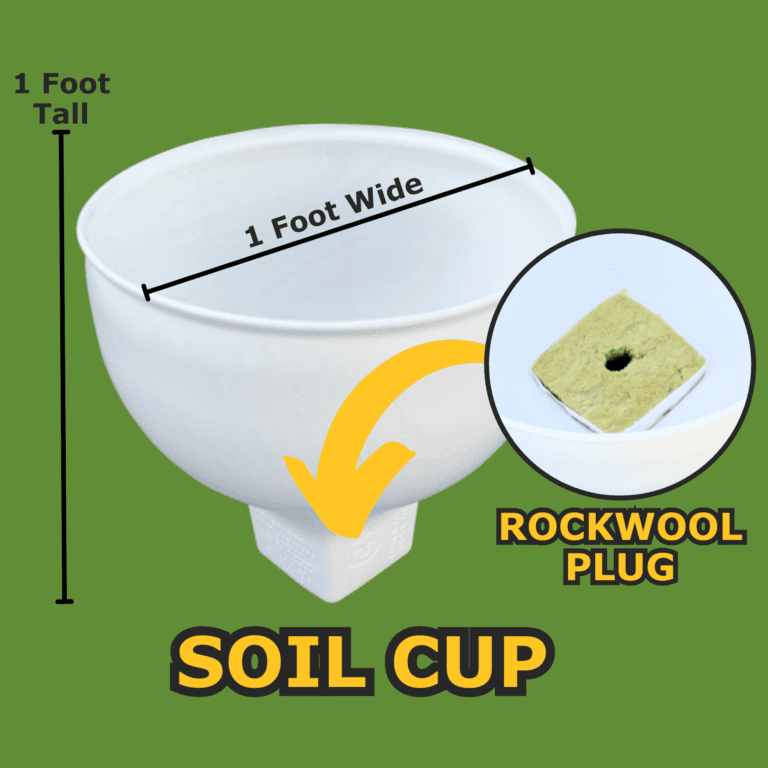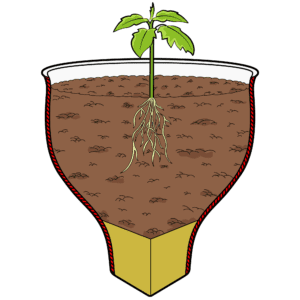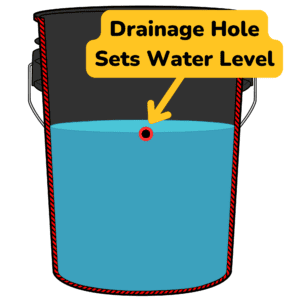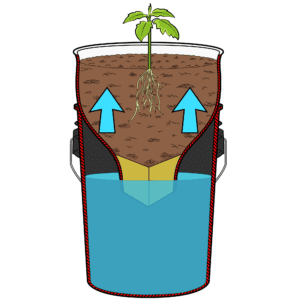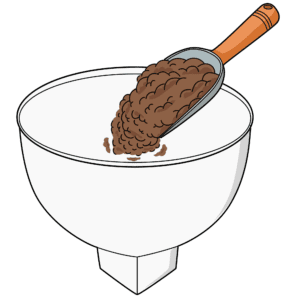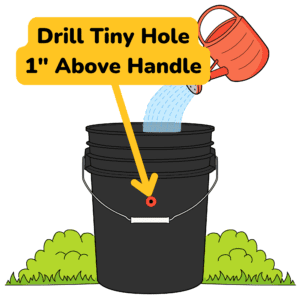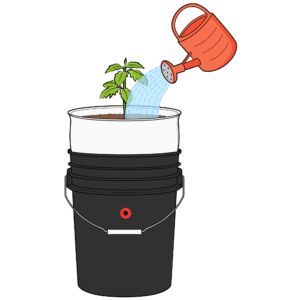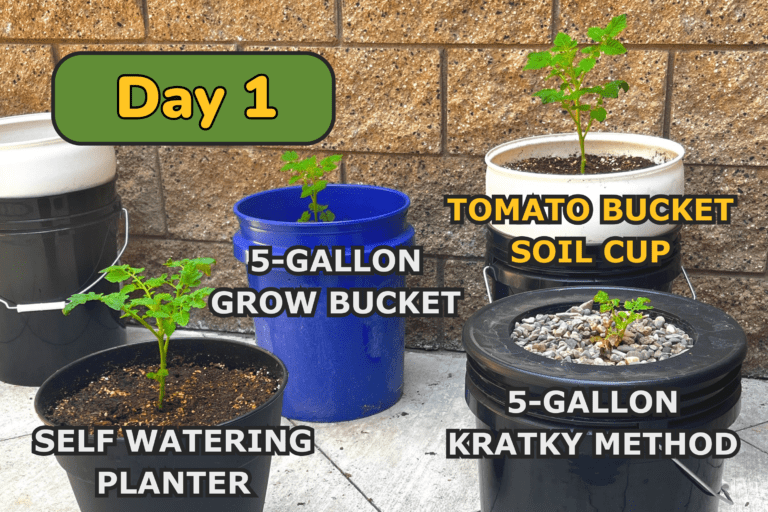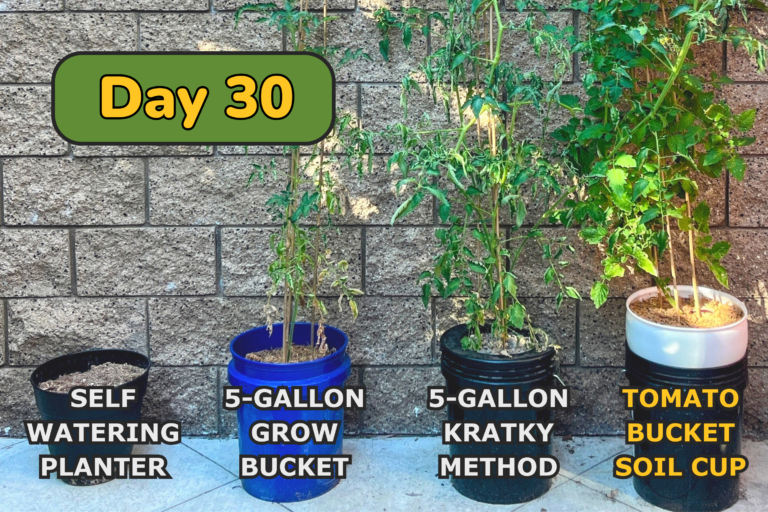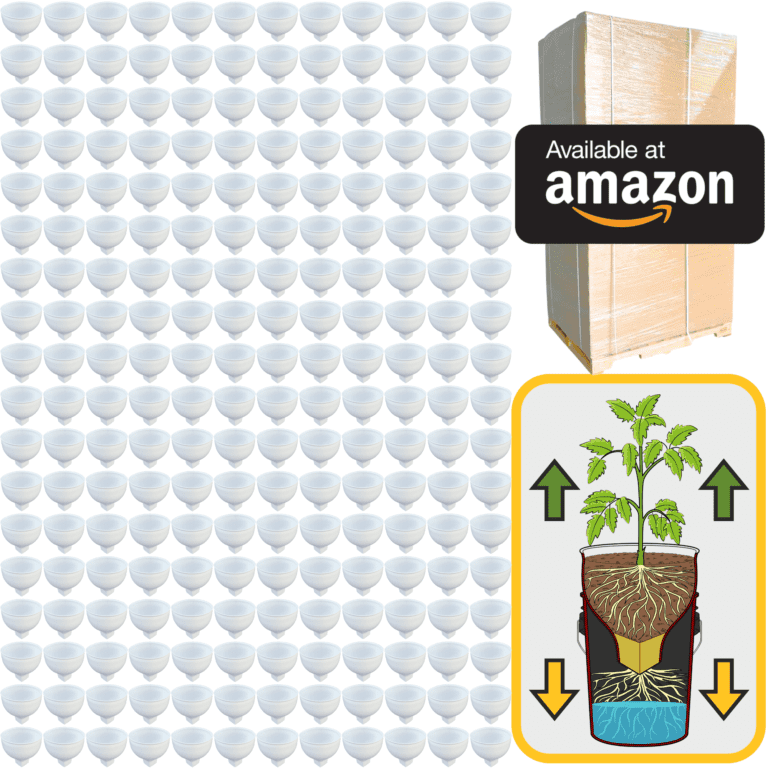Number 10: Radishes: Quick to Grow, Quick to Harvest
Radishes are a delightful addition to any spring garden, particularly in Zone 3, where their fast growth fits perfectly into the short growing season. You can expect to harvest these crunchy delights just three to four weeks after planting, making them one of the quickest crops available. Radishes thrive in full sun but can tolerate partial shade. When it comes to watering, ensure the soil remains consistently moist, as this helps to prevent them from becoming woody or overly spicy.
Soil quality is essential for radishes; they prefer well-draining, loamy soil enriched with organic matter. A light fertilizer application can help them grow strong. Temperatures between 50°F to 70°F are ideal, as they can bolt and become bitter if it gets too hot. Pest management is straightforward, as they are generally resistant to many pests but do watch out for aphids. Space your radish seeds about an inch apart and thin them out to avoid overcrowding. No pruning is needed, but a little mulch can help keep the soil temperature steady. Companion planting with carrots or cucumbers can be beneficial, while harvesting is simply a matter of pulling them from the ground when they’re about an inch in diameter.
Number 9: Spinach: Leafy Greens for Cool Days
Spinach is a fantastic cool-weather crop that thrives in the early spring of Zone Number 3: You can expect to start harvesting spinach leaves just 6 to 8 weeks after sowing, making it a rewarding choice for eager gardeners. Spinach grows best in full sun to partial shade, particularly during the warmer days when the sun can be intense. Consistent watering is key, especially when the plants are young.
The soil should be rich and well-drained, with a pH between 6.0 and 7.0. Adding compost is a great way to boost soil quality and fertility. For fertilization, a balanced fertilizer applied every few weeks can help support healthy leaf growth. Spinach thrives in cooler temperatures, ideally between 45°F and 75°F. Keep an eye out for pests such as leaf miners and aphids, and consider using row covers to protect your plants. Spinach doesn’t require much spacing—about 2 to 4 inches apart is sufficient—and you can harvest leaves by snipping them from the outer edges of the plant. Regular mulching can help maintain soil moisture and prevent weeds, while companion planting with strawberries or radishes can enhance growth.
Number 8: Lettuce: Fresh and Crisp from Your Garden
Lettuce is another leafy green that flourishes in the cool climate of Zone Number 3: With a quick turnaround, you can start enjoying your homegrown lettuce in about 6 to 8 weeks. Lettuce prefers full sun but can benefit from afternoon shade in warmer temperatures. Watering should be frequent enough to keep the soil consistently moist, as lettuce is prone to bolting if it dries out.
Aim for well-draining soil rich in organic matter, and consider adding compost to improve soil quality. A light fertilization schedule can enhance growth, with a focus on nitrogen-rich fertilizers to promote leafy development. Lettuce grows best at temperatures between 60°F and 70°F. Watch for common pests like slugs and aphids, and consider using copper tape or natural deterrents to keep them at bay. Space your seeds about 12 inches apart to allow for healthy growth. Lettuce doesn’t need pruning, but regular harvesting will keep the plants producing. Mulching can help suppress weeds and retain moisture, while companion planting with carrots or onions can enhance their growth and flavor.
Number 7: Peas: Sweet Treats for the Patient Gardener
Peas are a wonderful spring crop that thrives in Zone 3, bringing sweet, tender pods to your table. You can begin harvesting peas about 60 to 70 days after planting, which rewards your patience. Peas enjoy full sun and prefer cooler temperatures, ideally between 55°F and 70°F, making them perfect for early spring.
Watering should be consistent, particularly during dry spells, as peas are sensitive to drought. Rich, well-drained soil is essential, so incorporate compost or well-rotted manure to improve quality. Fertilize with a balanced option to support robust growth. Pest management is vital, as peas can attract aphids and pea weevils; using insecticidal soap can help keep them in check. Space your pea seeds about 1 to 2 inches apart and support them with trellises or stakes, as they love to climb. Pruning is minimal, but regular harvesting encourages more production. Mulching can help retain moisture and suppress weeds, while companion planting with carrots or radishes can create a thriving garden environment.
Number 6: Kale: Nutrient-Packed Powerhouse
Kale is a hardy leafy green that flourishes in the cooler temperatures of Zone Number 3: You can harvest kale leaves approximately 55 to 75 days after sowing, and they become sweeter after a frost. Kale prefers full sun but can tolerate partial shade, particularly as the weather warms up. Regular watering is essential to keep the soil evenly moist, especially as the plants grow.
Soil should be rich and well-drained, with a good amount of organic matter to enhance quality. A balanced fertilizer, rich in nitrogen, will support healthy growth. Kale thrives in temperatures between 60°F and 70°F. Keep an eye on pests like aphids and cabbage worms, and consider using row covers for protection. Space your kale plants about 12 to 18 inches apart, and you can harvest outer leaves as needed, which encourages new growth. Pruning isn’t necessary, but regular mulching can help retain moisture and suppress weeds. Companion planting with beets or onions can provide mutual benefits and enhance growth.
Number 5: Carrots: Crunchy Roots in the Making
Carrots are a staple in many gardens, and they thrive beautifully in Zone Number 3: You can expect to harvest carrots about 70 to 80 days after sowing, with their sweetness increasing as they mature. Carrots love full sun and well-drained soil, so make sure to work the soil deeply to avoid any stunted growth. Water consistently, especially during dry periods, to keep the soil moist but not waterlogged.
The soil should be loose and sandy, rich in organic matter to promote healthy root development. Fertilization should be light, focusing on phosphorus and potassium to support root growth. Ideal temperatures for growing carrots range from 50°F to 75°F. Keep an eye out for pests like carrot flies and nematodes; floating row covers can help deter them. Space your seeds about 2 to 4 inches apart, and once the tops emerge, thin them out to allow for proper root development. No pruning is needed, but mulching can help retain soil moisture. Companion planting with onions or leeks can provide benefits, as these plants can help deter pests.
Number 4: Beets: Earthy Goodness in Every Bite
Beets are a fantastic choice for the spring gardener in Zone 3, with a harvest time of approximately 55 to 70 days after planting. They enjoy full sun and can tolerate partial shade, making them versatile. Watering is crucial, especially when the seeds are germinating and the plants are young; keep the soil moist but not soggy.
Beets thrive in well-drained, fertile soil with plenty of organic matter. A balanced fertilizer can enhance growth, particularly one high in potassium and phosphorus. Ideal temperatures for beets range from 50°F to 85°F. Watch for pests like aphids and leaf miners; a careful inspection and natural pesticides can keep them in check. Space beet seeds about 3 to 4 inches apart to allow for bulb development. Pruning isn’t necessary, but thinning is essential to avoid overcrowding. Mulching can help regulate soil temperature and retain moisture, while companion planting with onions or garlic can deter pests.
Number 3: Broccoli: A Spring Superstar
Broccoli is a nutritious vegetable that thrives in the cooler temperatures of Zone Number 3: Expect to harvest broccoli approximately 70 to 100 days after planting, depending on the variety. Broccoli prefers full sun but benefits from some afternoon shade as temperatures rise. Regular watering is essential, particularly during dry spells, to keep the soil evenly moist.
The soil should be rich in organic matter and well-drained to promote healthy growth. Fertilize with a nitrogen-rich option to support leafy development. Broccoli thrives in temperatures between 60°F and 70°F. Watch for pests like cabbage worms and aphids; consider using organic pesticides or row covers for protection. Space your broccoli plants about 18 to 24 inches apart to allow for proper growth. Pruning is minimal, but harvesting the main head encourages side shoots. Mulching can help retain moisture and suppress weeds, while companion planting with garlic or dill can enhance flavor and deter pests.
Number 2: Potatoes: Comfort Food from Your Garden
Potatoes are a staple crop that does exceptionally well in Zone Number 3: You can expect to harvest potatoes about 70 to 90 days after planting, depending on the variety. They thrive in full sun and need consistent watering to keep the soil moist, especially during the tuber development phase.
Potatoes prefer well-drained, loose soil enriched with organic matter. Fertilization should focus on potassium and phosphorus to support healthy tuber growth. Ideal growing temperatures range from 60°F to 70°F. Watch for pests such as Colorado potato beetles and aphids; using row covers can provide protection. Space your seed potatoes about 12 inches apart in rows that are 2 to 3 feet apart. No pruning is needed, but regular hilling can promote tuber growth. Mulching can help retain moisture and suppress weeds, while companion planting with beans can deter pests and promote healthy growth.
Number 1: Tomatoes: The Crown Jewel of the Garden
Tomatoes are often regarded as the star of the garden, especially in Zone 3, where they thrive during the warmer months. You can start harvesting tomatoes about 70 to 100 days after transplanting, depending on the variety. They require full sun for at least 6 to 8 hours daily and should be watered deeply and consistently to keep the soil evenly moist, especially during dry spells.
For tomatoes, soil quality is crucial; they prefer rich, loamy soil with excellent drainage. Incorporating compost is a great way to enhance soil fertility. Fertilize with a balanced fertilizer when planting, then switch to a low-nitrogen fertilizer once the plants begin to set fruit. Ideal temperatures for tomato growth are between 70°F and 85°F. Keep an eye out for pests such as aphids, whiteflies, and hornworms; introducing beneficial insects like ladybugs can help manage these pests. Space your tomato plants about 24 to 36 inches apart, and provide support structures like cages or stakes to keep them upright. Pruning suckers can encourage better air circulation and fruit production, while mulching helps retain soil moisture and suppress weeds. Companion planting with basil or marigolds can enhance growth and deter pests, making your garden a vibrant and productive haven.
Gardening is a journey filled with discovery and connection to nature, and by choosing the right plants for your zone, you’re not only nurturing your garden but also enriching your life. Happy gardening!

